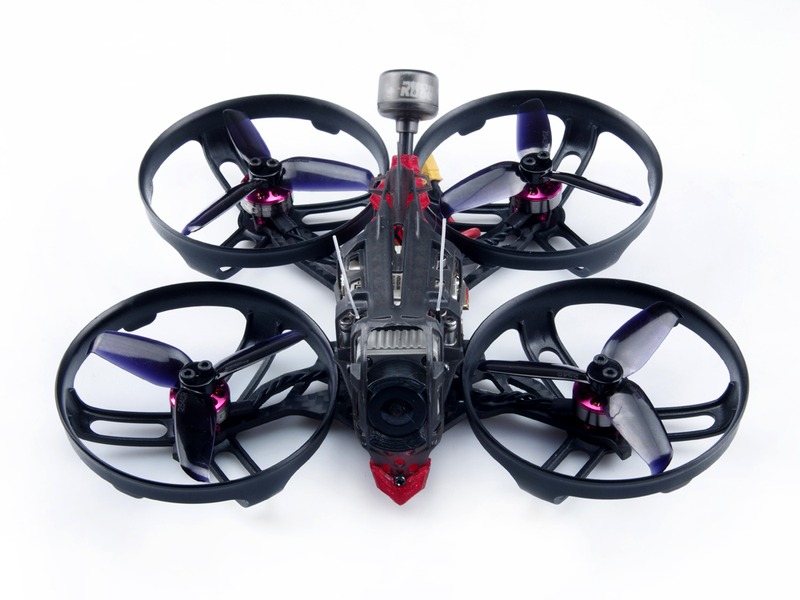Can a drone fly in Mars?

The answer to the question of whether a drone can fly in Mars is yes, albeit in a limited capacity. Drone technology is advancing at a rapid rate and, in recent years, researchers have made considerable progress in developing and testing robotic drones capable of carrying out aerial maneuvers in extreme environments such as Mars.
This is largely due to the fact that drones are able to operate in low-gravity environments and can be designed to comply with the challenging atmospheric conditions encountered on Mars. For example, they can be equipped with high-efficiency fans and propellers, and their airframes can be made from lightweight yet tough materials such as carbon fiber that can withstand the higher temperatures encountered on the red planet.
However, a drone's ability to fly in Mars is dependent on its design and the environment in which it is operating. For example, a drone would require larger and more powerful propellers and fans in order to gain lift in the low-gravity environment of Mars, and its airframe would need to be constructed from more resilient materials to withstand the extreme temperatures and lack of oxygen encountered on the planet.
Furthermore, in order to maintain flight stability and control, a drone would need to be equipped with a variety of sensors to collect data about its environment and ensure that it remains on course. This includes a combination of gyroscopes, accelerometers, barometers, and other advanced navigation systems.
However, despite these challenges, a number of researchers have already successfully demonstrated that unmanned aerial vehicles (UAVs) capable of flying in Mars are feasible. In 2014, the Jet Propulsion Laboratory (JPL) at NASA conducted a successful test flight of a robotic drone, nicknamed F6, designed to fly in the Martian atmosphere. The drone, which was equipped with six fans, was able to lift off the ground and successfully maneuver in the environment.
Although a drone's ability to fly in Mars is still limited, researchers are continuing to develop and refine the technology to enable more advanced flight maneuvers and longer flight times. In addition, the use of robotic drones in Mars exploration may enable scientists to gather data and conduct experiments over large distances without the need for human astronauts.
Overall, the answer to the question of whether a drone can fly in Mars is a definite yes, albeit with some limitations. With the continued development of drone technology, however, the potential for unmanned aerial vehicles to be used in Mars exploration is likely to expand in the years to come.

